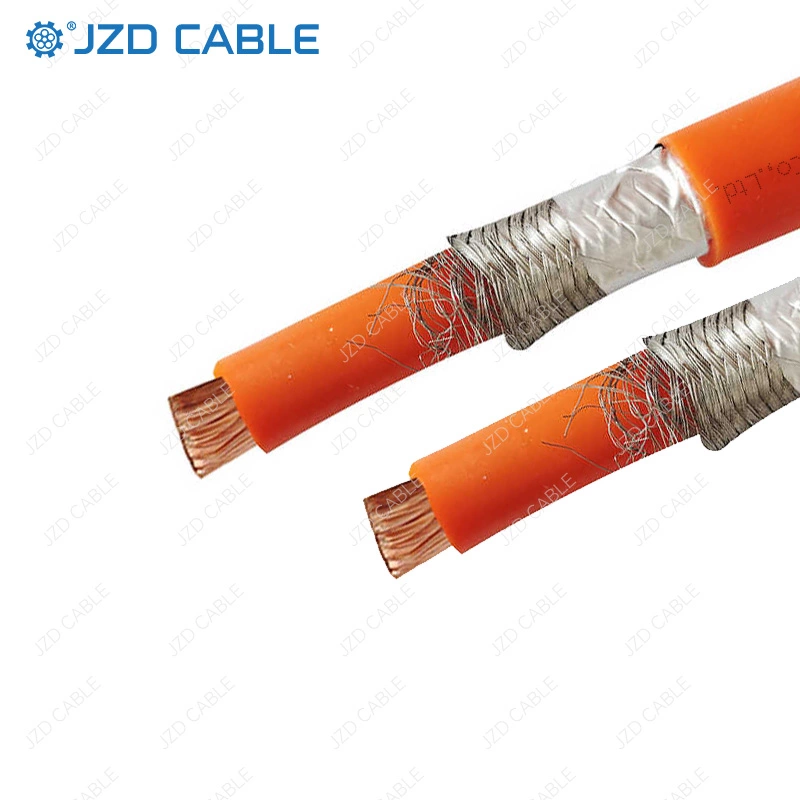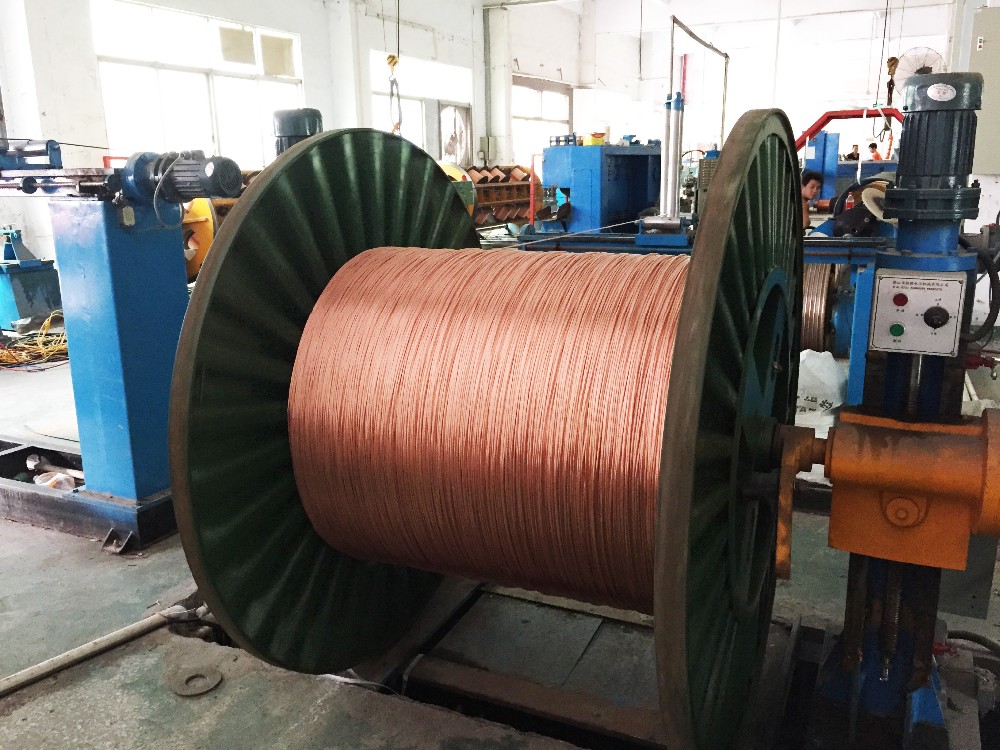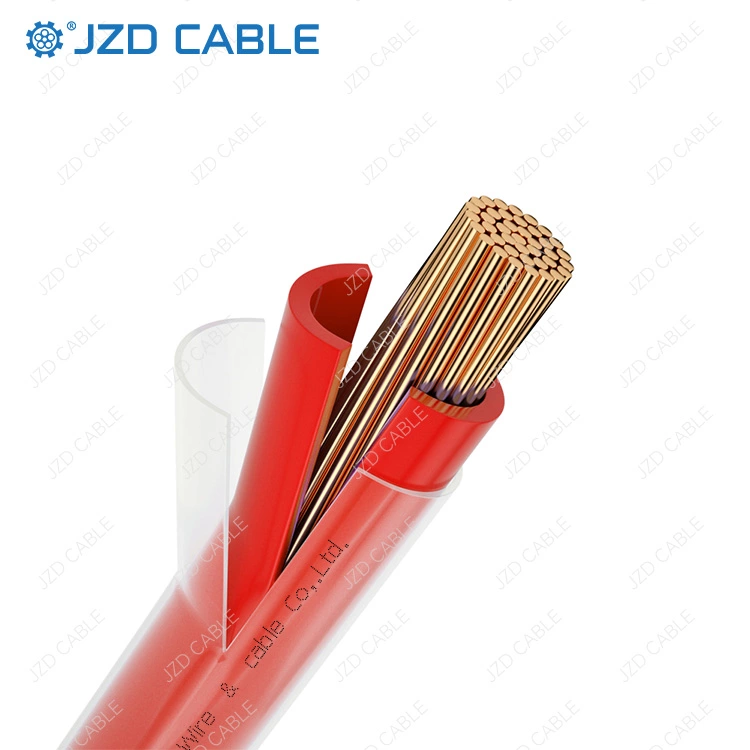As commercial and industrial properties worldwide increasingly adopt solar energy, the demand for high-performance wiring solutions has never been greater. Solar installations require cables that deliver exceptional reliability under extreme environmental conditions. This raises a critical question: can both PV wire and THHN wire be used to connect solar power stations effectively?
The Critical Role of Wiring in Solar Systems
Modern solar installations operate with silent efficiency, converting sunlight into clean electricity without moving parts or emissions. These systems are designed to pay back their manufacturing energy within two years while delivering 95% net clean energy over a remarkable 30-year lifespan. To achieve this longevity, every component – especially wiring – must meet rigorous standards for UV resistance, temperature tolerance, and environmental durability.
Recognizing this need, organizations like the American National Standards Institute and the International Electrical Safety Foundation have established specific wiring standards incorporated into the National Electrical Code (NEC). Since 2008, two wiring solutions have emerged as the primary options for safe and efficient solar installations: PV wire and THHN wire.
Understanding PV Wire: The Solar Specialist
PV wire is engineered specifically for photovoltaic systems, with key features that make it ideal for solar applications:
•Extreme Environmental Resistance: Features XLPE/XLPO insulation that withstands prolonged UV exposure, moisture, temperature fluctuations (-40°C to 90°C wet/150°C dry), and weather conditions.
•Longevity: Designed to last 25-30 years – matching the typical lifespan of solar panels – eliminating the need for frequent replacements.
•Voltage Versatility: Available in 600V, 1000V, and 2000V ratings to accommodate different system designs.
•Flexibility & Safety: Utilizes stranded conductors for flexibility and offers excellent flame resistance. Suitable for ungrounded arrays and direct burial (check specific product ratings).
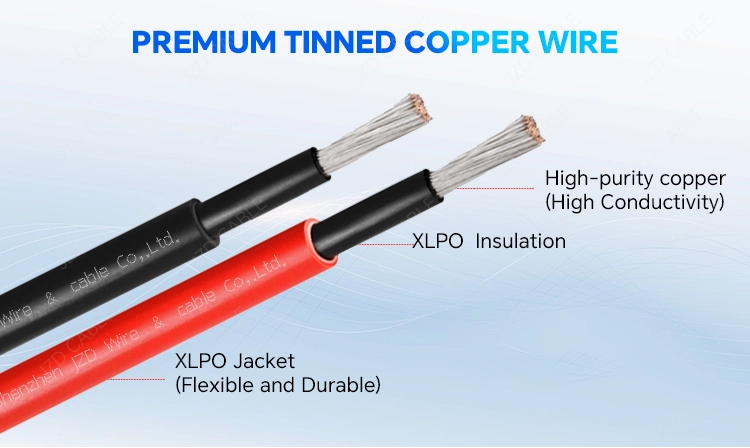
THHN Wire: The Industrial Workhorse
THHN wire, a common industrial building wire, is also used in certain solar applications:
•Robust Construction: Known for excellent mechanical crush resistance.
•Standard Ratings: Typically rated for 600V and 90°C operation.
•Grounded Systems: Primarily designed for use in grounded electrical systems.
•Availability: Widely accessible and commonly stocked.
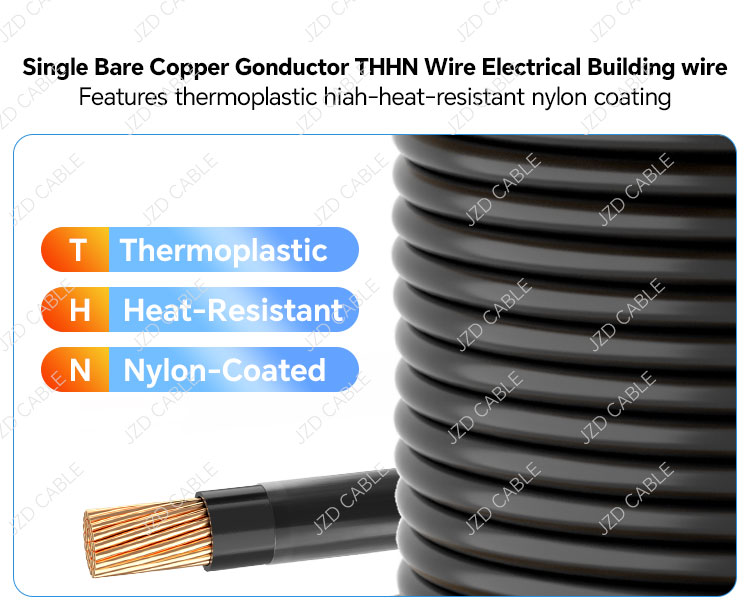
Comparing PV Wire and THHN Wire for Solar Power Plants
While both wires have roles in electrical systems, their suitability for connecting solar power stations differs significantly:
1.Purpose: PV wire is designed exclusivelyfor photovoltaic applications and ungrounded arrays. THHN wire is a general-purpose building wire used primarily in grounded systems.
2.Voltage Rating: PV wire offers higher voltage options (up to 2000V), crucial for many modern solar installations. THHN is generally limited to 600V.
3.Temperature Tolerance: PV wire handles much higher temperatures (rated up to 150°C dry) compared to THHN’s standard 90°C limit, essential for rooftop environments.
4.UV & Environmental Resistance: PV wire’s XLPE insulation is specifically formulated for decades of UV exposure and weather. Standard THHN insulation (PVC) degrades significantly faster under sunlight and weather.
5.Lifespan: PV wire’s 25-30 year lifespan aligns with solar panels. Standard THHN/PVC wire in DC applications may require replacement every 5-8 years when exposed to the elements.
6.Flexibility: PV wire typically uses finely stranded conductors for easier handling during installation.
The Verdict: Which Wire Connects Solar Power Stations Best?
Both PV wire and THHN wire have distinct applications, but PV wire is unequivocally the superior and necessary choice for the critical connections within the solar array itself. Its specialized design – offering unparalleled UV resistance, higher temperature ratings, longer lifespan, and suitability for ungrounded systems – directly addresses the harsh, continuous environmental exposure inherent in solar power plants. THHN wire may find application within the groundedportions of the balance of system (BOS), such as in inverters or connection to the main service panel, but it lacks the essential durability for the exposed, long-term DC connections between panels.
For solar power stations, where reliability over decades under intense sun, heat, and weather is paramount, PV wire provides the safe, efficient, and cost-effective connection solution. Investing in high-quality PV wire ensures your solar installation operates at peak performance for its entire lifespan.
Choose JZD Cable for Your Solar Wiring Solutions
At JZD Cable, we manufacture premium PV wire designed to meet the rigorous demands of modern solar power stations. Our cables deliver the performance, safety, and longevity your renewable energy projects require. Explore our range of solar-ready wiring solutions designed for optimal efficiency and durability.




